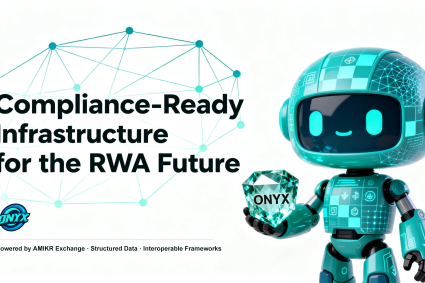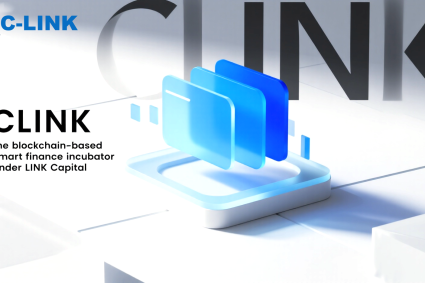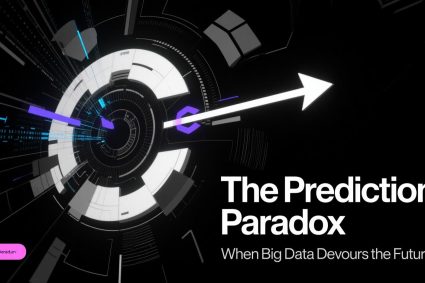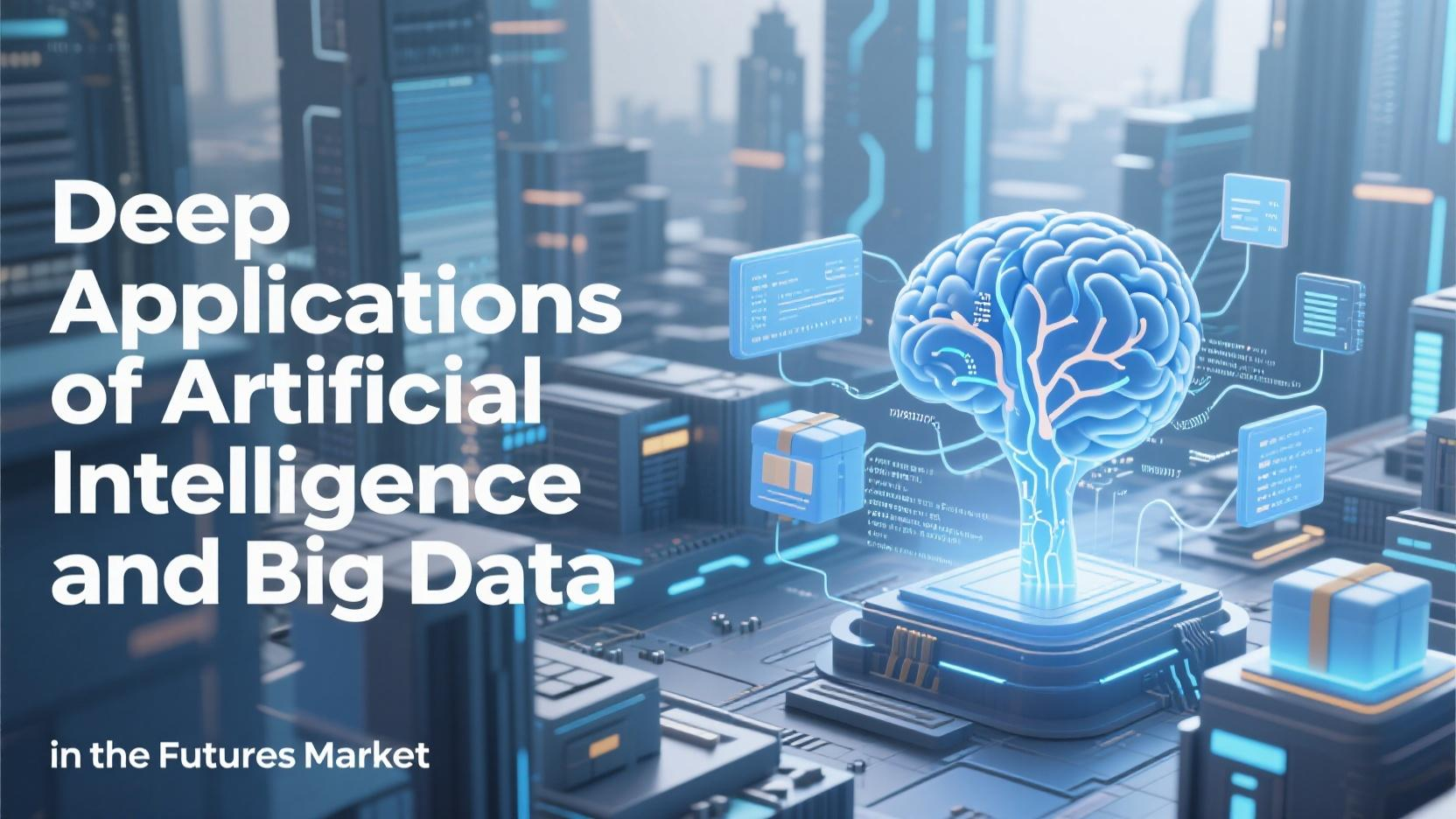
The futures market, a vital segment of the financial system, plays a core role in price discovery and risk management. In recent years, rapid advancements in Artificial Intelligence (AI) and big data technologies have injected new vitality into the futures market, driving profound transformations in trading strategies, risk control, and market supervision.
On the trading strategy front, AI combined with big data analytics can quickly process massive market information, including prices, volumes, open interests, news events, and social media sentiment. Leveraging machine learning and deep learning algorithms, AI models identify complex nonlinear relationships and latent market signals, forecasting price trends and volatility risks. Quantitative funds and professional trading firms use these technologies to implement automated and high-frequency trading, enhancing efficiency and returns.
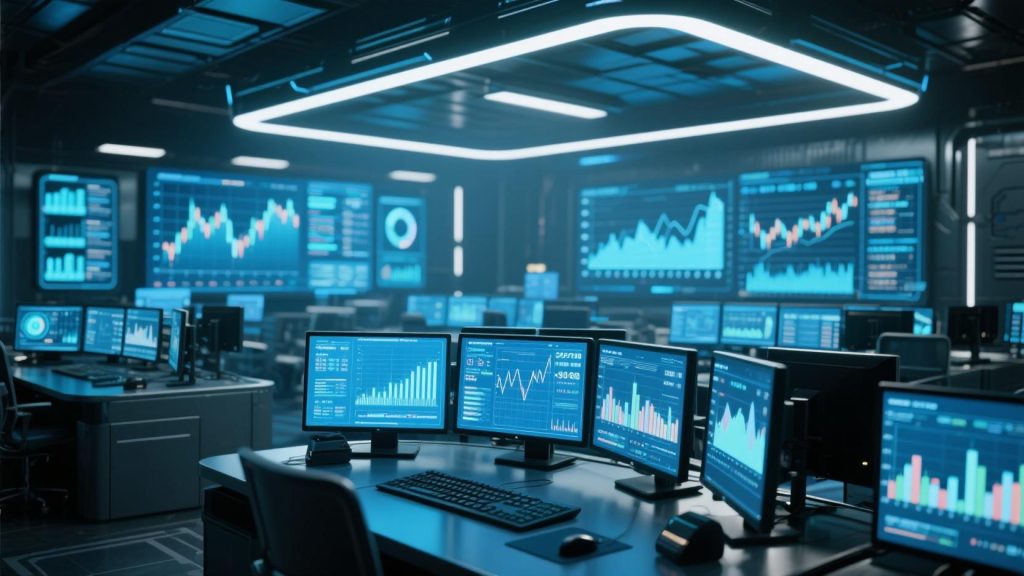
In risk management, traditional methods rely on historical statistics and expert judgment, leaving gaps and delays. AI and big data enable real-time monitoring of market anomalies, detecting potential risk events such as sudden market shocks, abnormal trading behaviors, and systemic risks. Through anomaly detection and predictive modeling, trading institutions can proactively implement risk mitigation measures, reducing loss probability and ensuring market stability.
From a regulatory perspective, big data analytics and AI tools enhance market oversight capabilities. Real-time analysis of transaction data allows regulators to detect abnormal trading and market manipulation more accurately and timely, safeguarding investor interests and maintaining market integrity.
Furthermore, AI applications in the futures market extend to smart contract automation, customer behavior analysis, and trading psychology studies, providing comprehensive and scientific support for market participants.

Despite the vast opportunities brought by AI and big data, challenges remain in data quality, algorithm transparency, model interpretability, and compliance. Market participants must emphasize technology risk management, strengthen model validation, and maintain regulatory communication to foster healthy technological development.
In summary, the deep integration of AI and big data is accelerating the futures market’s evolution toward greater intelligence, precision, and regulation, promoting a more efficient, secure, and transparent market that underpins global economic stability and investor protection.
